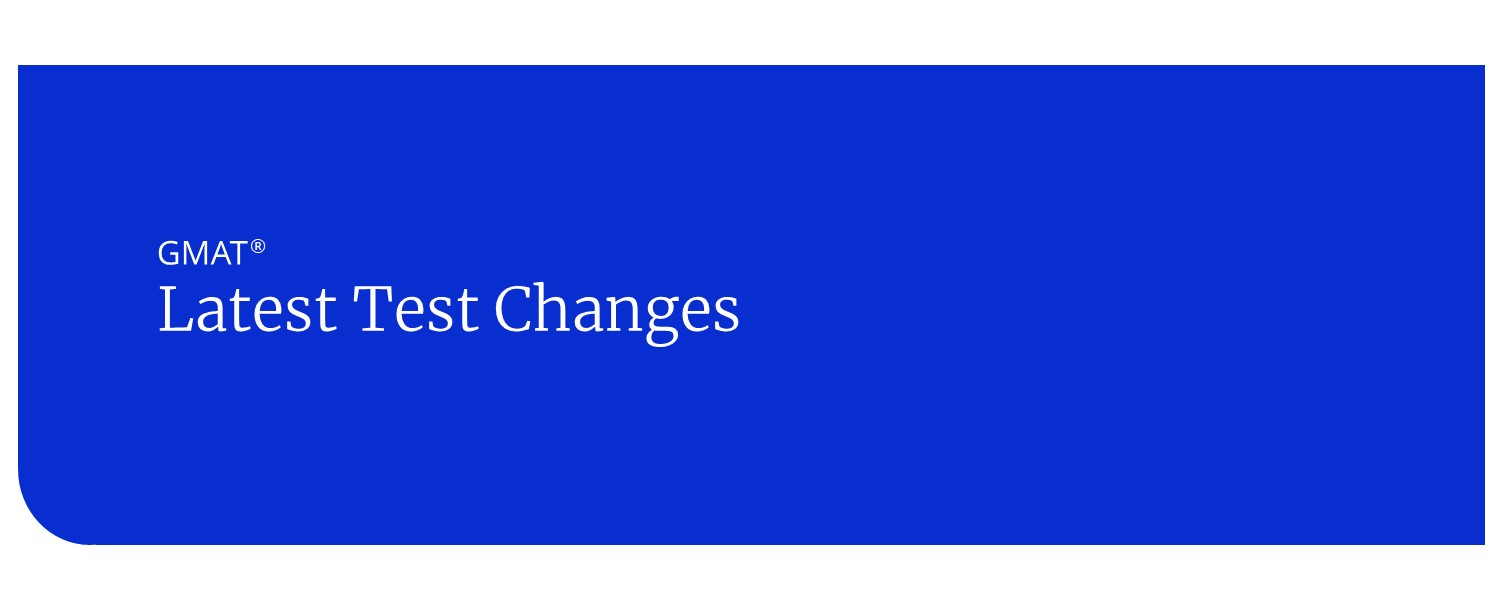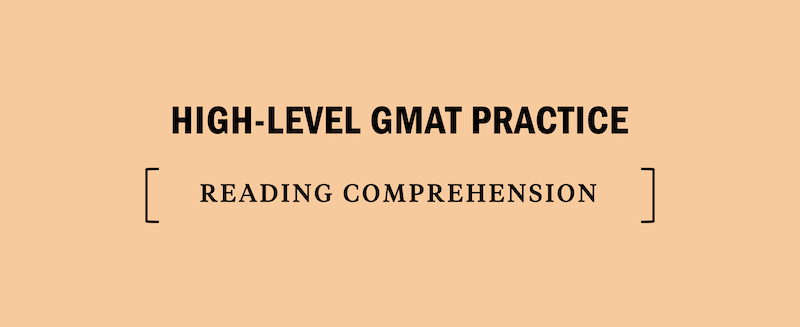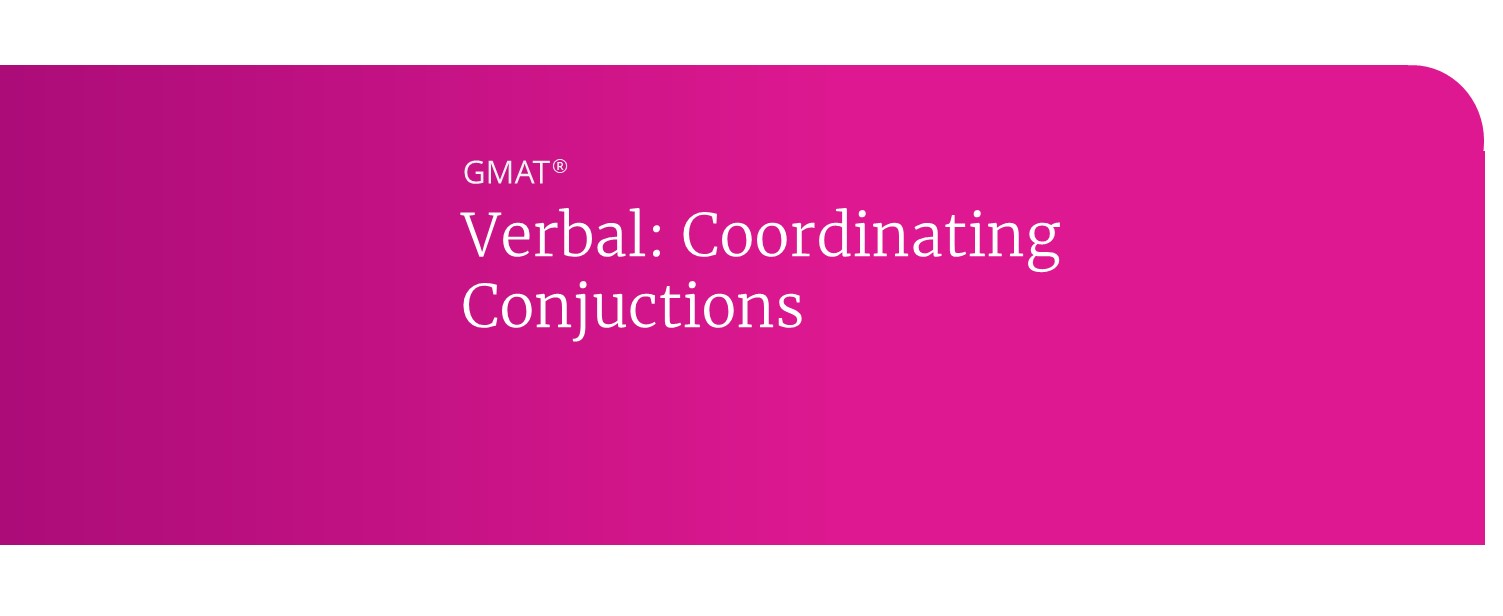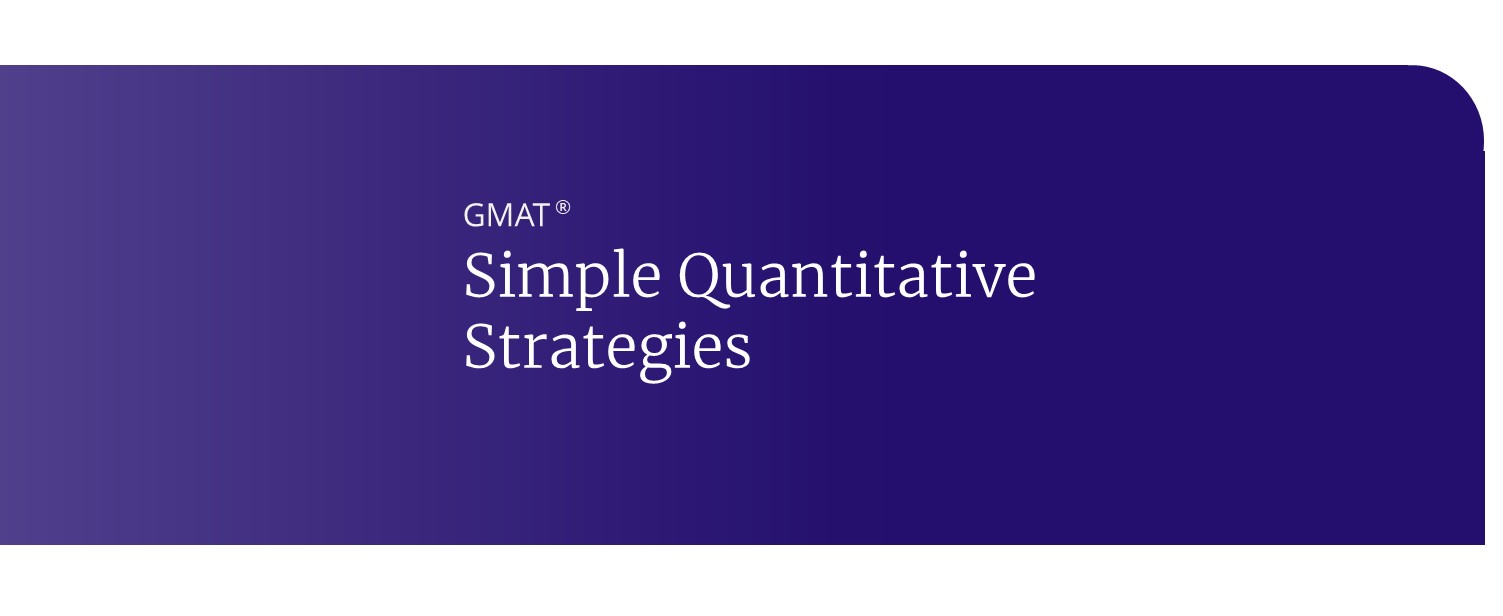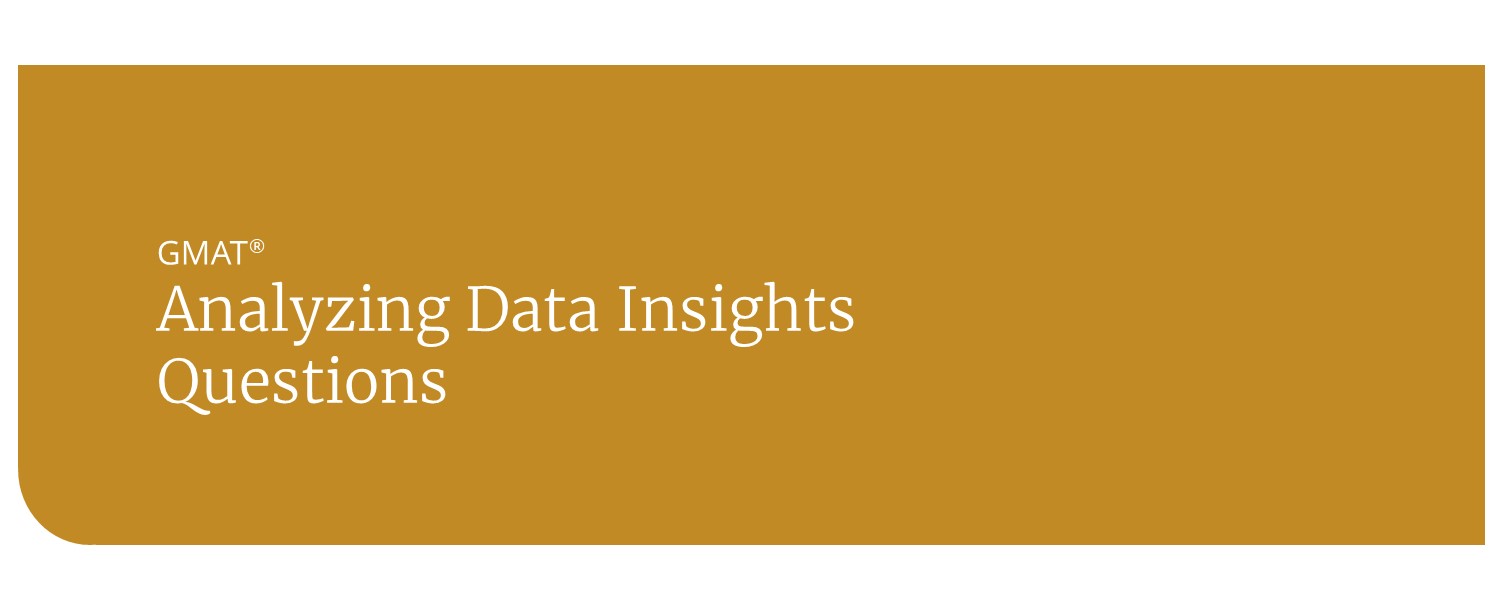GMAT Test Changes
The GMAT was significantly changed on November 7th, 2023. Initially, this new, next-generation version of the GMAT exam, was called the ‘GMAT Focus Edition’, however, since then, the Graduate Management Admission Council (GMAC) has reverted the name to simply the GMAT.
TABLE OF CONTENTS
- Latest GMAT Changes Summary
- Why the GMAT changed
- GMAT Scoring Updates
- GMAT Format Changes
- GMAT Problem Changes
- How To Prepare for the New GMAT
What Recently Changed on the GMAT?
When GMAC launched the latest version of the GMAT (previously known as the GMAT Focus) there were major changes and updates to the exam. Those changes included:
- changing the testing durations for each section ( Quant + Verbal + Data Insights) to 45 minutes
- changing the scaled Total score range from 200 – 800 to 205 – 805
- renamingIntegrated Reasoning to Data Insights
- removing the Essay section
- removing all grammar
- removing most geometry
- removing sentence correction problems
- weighing data analysis skills more heavily in your score
Why the GMAT Changed
The Graduate Management Admission Test (GMAT) has been the flagship global business school entrance exam for more than 50 years. GMAC, the test makers, have specifically designed the new GMAT Focus Edition to target the current-generation skills that are most relevant to success in graduate management programs.
Scoring Changes on the GMAT
On the new GMAT, all three sections (Quantitative, Verbal, and Data Insights) factor into your Total Score on a scale of 205 to 805 in 10-point increments now. Before, only the Quantitative and Verbal sections were factored into your Total score.
Another major update to how the scoring works on the GMAT is the algorithms give data analysis skills more weight into your core.
You will also now receive individual scores for each GMAT section (Quantitative, Verbal, and Data Insights). These GMAT section scores are 60 to 90 in 1-point increments.
[ RELATED: How to Register for the GMAT]
GMAT Format Changes
Some of the most notable GMAT format changes were renaming the Integrated Reasoning section to Data Insights and removing the Essay portion of the exam. GMAC has also found a way to allow test takers to change up to 3 answers per section, basically reinventing question-adaptive testing.
You will still need to choose an answer to each problem as you go. Then, at the end of the section, you’ll be able to review any problems you want and change up to 3 answers. (You’ll also have access to a bookmark feature throughout, so that you can quickly find again the problems that you want to review.)
The skills needed to do well on the new GMAT were also changed a bit with more emphasis added on data analysis skills.
The GMAT (formerly known as the GMAT Focus) is 2 hours and 15 minutes long which consists of an optional 10 minute break. You will have 45 minutes to complete each section (Quant, Verbal, Data Insights).
The format of the GMAT and the skills tested are:
| GMAT Focus Test Section | Time | # of problems | The section tests… |
|---|---|---|---|
| Quant | 45 min | 21 | – Fractions, percents, and ratios – Algebra – Statistics – Story problems – Number properties |
| Verbal | 45 min | 23 | – Critical / analytical thinking – Comprehension – Inference |
| Data Insights | 45 min | 20 | – All quant skills – All verbal skills – Data analysis – Logical reasoning |
FREE PREMIUM CONTENT
GMAT Math Quicksheet
Unlock access to our free GMAT Math Quicksheet
GMAT Problem Type Changes
Some of the most notable problem type changes that occurred on the new GMAT were the removal of most Geometry problems and all Grammar, and Sentence Correction problems.
While geometry was removed, coordinate plane geometry is actually considered algebra—so coordinate plane can still appear on the new GMAT.
Data sufficiency (DS) problems are also no longer part of the Quantitative section and were moved to the Data Insights section. In addition, Data Sufficiency problems will no longer be given in “pure” math form.
Some DS problems will still test math concepts but only in “applied” (ie, story / translation) form—and some of them may even include graphs to interpret. In addition, DS problems will expand to include more logic-type problems.
Below are the latest problem types that you will encounter on the new GMAT.
| Quantitative Problem Types | – Problem Solving |
| Verbal Problem Types | – Critical Reasoning – Reading Comprehension |
| Data Insights Problem Types | – Data Sufficiency – Tables – Graphs – Multi-Source Reasoning – Two-Parts |
[ RELATED: How to Study for the GMAT]
How To Prepare for the New GMAT
Our new GMAT courses have launched and our fully updated for the GMAT Focus, as well as our GMAT Focus Self-Study Toolkit to help you prepare for the new GMAT.

